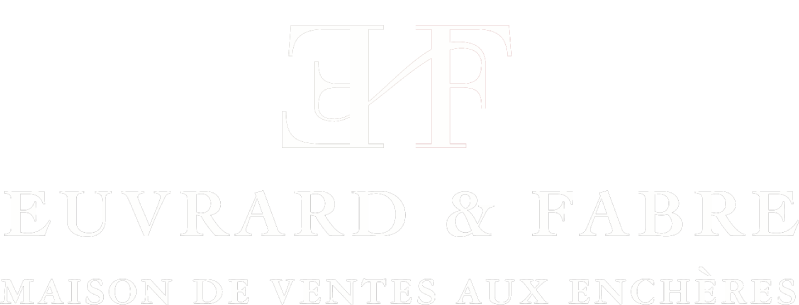Lot n° 360
Estimation :
500 - 700
EUR
WILLIAM CARY (1759-1825) and CHARLES GOULD (1786-1849) - Lot 360
WILLIAM CARY (1759-1825) and CHARLES GOULD (1786-1849)
Model of a 19th-century botanist's or naturalist's microscope consisting of an oak box lined with blue velvet for the microscope and its accessories. Microscope signed "CARY LONDON".
Circa 1829-1840
Dim. box: 9 x 7 cm (missing)
Biography :
William Cary (1759-1825), apprenticed to Ramsden, founded his company in 1785, making instruments for all over Europe, including for Bonaparte in 1812. Joined by his brother John, the company moved to St.James Street in London. Charles Gould, apprenticed to Cary, invented a new type of portable microscope in 1820. On Cary's death in 1825, Gould took over the management of the company, but the "Cary London" signature remained for another ten years. The company closed in 1902 on the death of Henry Porter.
Note:
In 1826, the book "The Companion to the Microscope and a Description of C.Gould's Improved Pocket Compound Microscope" first mentions the model designed by Charles Gould. This type of compact microscope was named Cary-Gould in honour of the two designers. It was very popular throughout Europe, with many variations depending on the era and manufacturer, and was used by leading scientists such as Darwin.
Gould developed three sizes of pocket microscope produced by Cary. The model shown here is the smallest, measuring 9 x 7 cm. In this model, the microscope is attached to a notch in the keyhole of the box, rather than to the top.
The 1829 edition of Gould's "The Companion To The Microscope ..." accurately describes our model and the microscope's improvements (new lenses, addition of a safety screw, three glass plates, a rod for water, a moving part...). At the time, the microscope's condensation magnifier was optional (it only appeared on the 1926 model and was subsequently withdrawn from the catalog). Thus, our microscope is quite complete with mirror, pillar, moving part, objective and eyepiece, live-box with additional circular glass, two slides, observation forceps, forceps and dissecting knives.
This model is a "two-in-one" microscope, comprising an observation microscope and a simple pocket microscope (when the weapon and forceps are combined).
Around 1828, Gould modified his slide holder, which later took on a circular shape, with a bar to hold the forceps and possibly a condenser.
Numerous microscope models similar to ours can be found in prestigious collections such as those at Berkeley and the London Science Museum.
My orders
Sale information
Sales conditions
Return to catalogue

